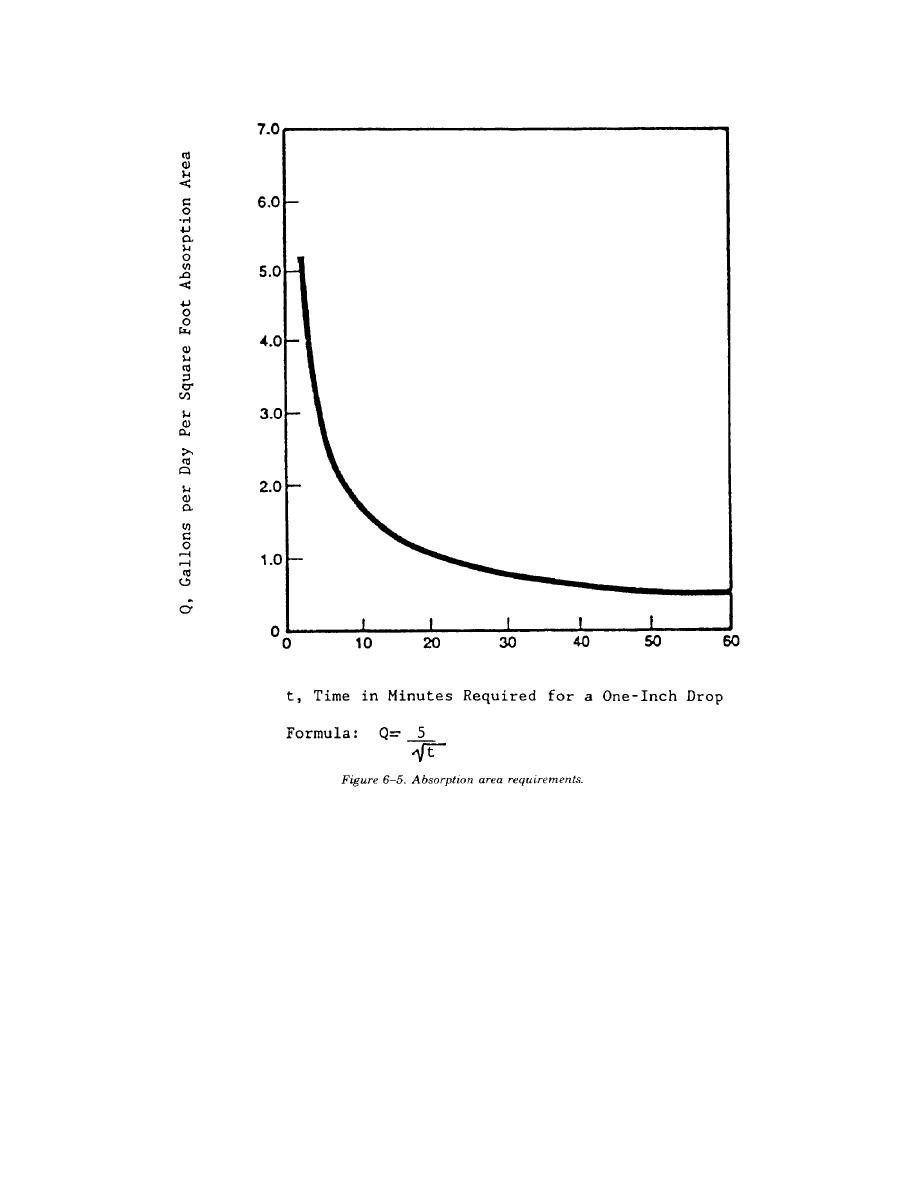
TM 5-814-3/AFM 88-11, Volume III
6-3. Waterless toilets.
a. Humus "composting" toilets. The U.S. Forest Service (Fay and Walke, 1975) and several
manufacturers have developed several types of humus toilets. (Hartenstein and Mitchell, 1978.) All are
watertight and depend upon microbiological decomposition for their reduction in volume and their
destruction of pathogens. The patented "Clivus Multrum" is the forerunner of the modern composting toilet.
The Clivus Multrum essentially involves only a toilet seat and a large sloped container with floor tilted at 33
degrees. This allows excreta to aerate and to gradually move to the base of the chute toward an access hatch.
Excess moisture evaporates through a 6 inch roof vent. The system depends upon the user depositing peat
moss or soil into the chute periodically. Kitchen waste, toilet paper, shredded paper or other biodegradable
waste should also be added regularly. After about three years, and once each year thereafter, a small amount
of "humus-like" compost may be removed from the access port and used as fertilizer. These units are very
efficient, inexpensive, simple and easy to install. Their only shortcoming is space, for they require a slope or
must be installed on the second floor. They should be seriously considered in mountainous terrain or when
buildings are built on slopes. Smaller box-like units have been designed and installed in Scandanavia and
England but these require an electric heater. (See Liech, 1976.)
6-7



 Previous Page
Previous Page
